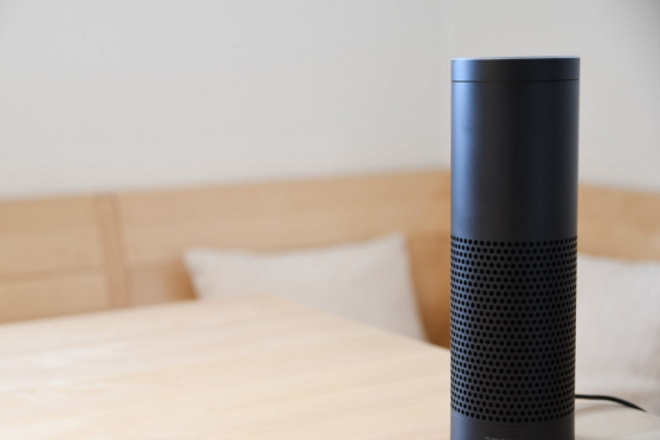Elegant 2-Bedroom Senior Homes and 55+ Cottages for Independent Living USA 2025: What You Need to Know
Thoughtful senior homes can greatly enhance independence and quality of life for adults 55+. Elegant 2‑bedroom homes and 55+ cottages in the U.S. combine safety, accessibility, and community. This article outlines features, benefits, and considerations for independent living options for seniors.

Understanding the Appeal of 2-Bedroom Senior Homes
Purpose-built 2-bedroom senior homes are designed to balance independence with practicality and elegance. These homes typically range from about 900 to 1,400 square feet, offering sufficient space without overwhelming maintenance demands. The two-bedroom layout is particularly versatile—with one bedroom serving as a private space for guests, hobbies, or a home office, enhancing lifestyle flexibility.
Key design elements prioritize safety and accessibility without sacrificing style, including:
- Open floor plans facilitating ease of movement.
- Wider doorways and zero-step entryways for mobility assistance.
- Non-slip flooring and lever-style door handles to reduce injury risks and improve ease of use.
- Senior-friendly bathrooms with walk-in showers, grab bars, and seating.
- Accessible kitchen designs featuring lower countertops and easy-to-reach storage.
- Enhanced lighting schemes to minimize eyestrain and improve visibility.
Modern senior homes also often integrate smart home technologies. Automated lighting, thermostats, security systems, and medical alert devices controlled by voice commands or simple interfaces add layers of safety and convenience, supporting residents’ autonomy and peace of mind.
What Defines 55+ Cottages for Independent Living?
55+ cottages are single-story homes situated within age-restricted communities designed specifically for adults aged 55 and older. These detached or semi-detached residences enable independent living in a community-oriented environment emphasizing accessibility and social opportunities.
Common features of these cottages include:
- Single-level layouts that eliminate stairs.
- Age-friendly architectural adaptations similar to those found in 2-bedroom senior homes.
- Maintenance services that cover landscaping and exteriors, reducing residents’ chores.
- Security measures such as gated entry or surveillance.
- Shared community spaces and amenities for social engagement.
The social component of 55+ communities is critical. Organized activities, clubs, and communal areas foster connections among residents, which research indicates supports mental and physical health in older adults. Knowing your neighbors and having regular social interaction contribute to a vibrant, fulfilling lifestyle.
Benefits of Living in Communities Designed for Seniors
Communities built around senior housing provide more than just residences—they create supportive ecosystems. Benefits typically include:
- Scheduled transportation services for medical appointments, shopping, and local events.
- Tiered care options to accommodate changing health needs without necessitating moves.
- Ongoing maintenance and housekeeping services that reduce everyday burdens.
- Safety features like emergency notification systems, well-lit walking paths, and onsite staff presence.
- Planned social and wellness programming to promote mental stimulation, physical activity, and emotional wellbeing.
These communal supports allow seniors to age in place comfortably, retaining independence while accessing assistance as needed.
Important Considerations When Choosing a Senior Home or Cottage
Selecting the right senior home requires comprehensive evaluation:
- Location: Proximity to family, healthcare providers, and desired amenities is paramount for convenience and support.
- Lifestyle fit: Observe community atmosphere at various times and assess opportunities for social engagement, hobbies, and wellness.
- Policies: Review pet, guest, and home modification rules to ensure alignment with your preferences.
- Financial structure: Senior housing can be rented, purchased, or owned through equity models. Understand what monthly fees cover—such as maintenance, security, and activities—and check their historical trends.
- Community stability: Evaluate occupancy levels, waiting lists, and financial disclosures to gauge long-term viability.
Visiting multiple communities and consulting current residents can provide valuable insight into day-to-day life and help ensure your choice supports both your present and future needs.
Designing Senior Homes for Aged Comfort and Personalization
Comfort in senior homes goes beyond physical design: it involves creating spaces that feel like home. Important aspects of design include:
- Comfortable furniture that supports mobility and ease of use.
- Good storage solutions to minimize bending or stretching.
- Layered lighting techniques combining ambient, task, and accent sources.
- Safety lighting such as motion-activated nightlights.
- Opportunities for personal touches, like custom window treatments and wall colors.
Such thoughtful design supports aging in place while honoring residents’ individuality and lifestyle preferences.
Examples Reflecting Trends in Senior Independent Living
While remaining general, examples from senior communities across the United States illustrate these concepts well. New 2-bedroom homes in vibrant communities provide:
- Flexible, spacious layouts ideal for guests, offices, or hobbies.
- Month-to-month leasing options that enhance residents’ freedom and reduce commitment concerns.
- Inclusive monthly fees covering maintenance to minimize unexpected expenses.
- A rich calendar of social events and wellness activities that foster community engagement.
- Convenient locations near shopping, parks, and cultural destinations.
Similarly, senior cottages in age-restricted neighborhoods offer benefits such as professional housekeeping, chauffeured transportation, on-site dining, fitness classes, and social gatherings—all integral to a fulfilling independent lifestyle.
Senior living in elegant 2-bedroom homes and 55+ cottages combines practical design, community support, and lifestyle freedom tailored for the unique needs of adults aged 55 and over. By understanding the features and insights outlined above, prospective residents and their families can make informed choices about housing that supports independence, comfort, and wellbeing in 2025 and beyond.
Disclaimer: Prices, fees, and availability of senior homes and cottages vary by location, community, and current market conditions. Consumers are advised to conduct independent research and verify details with local senior living providers.




